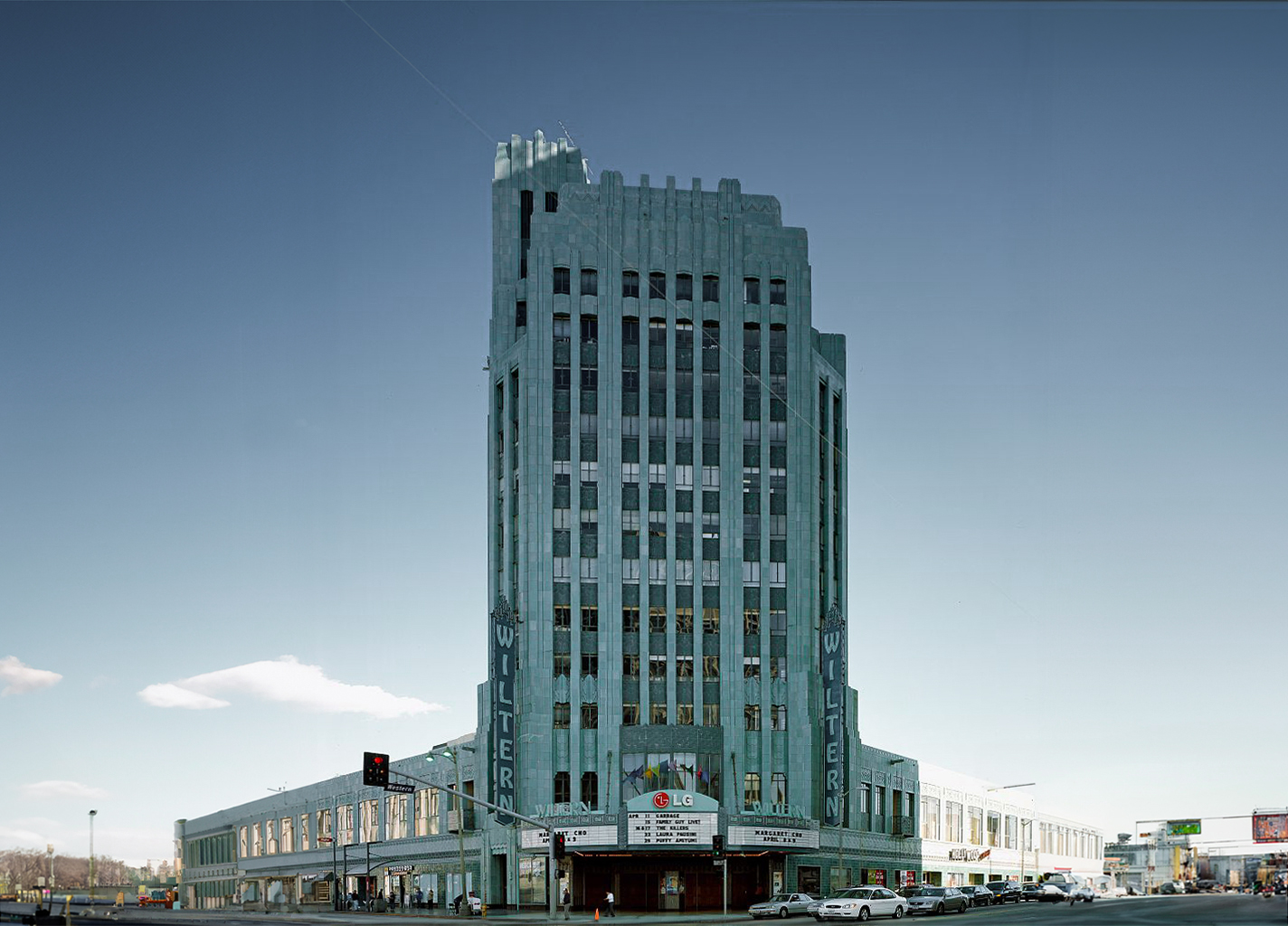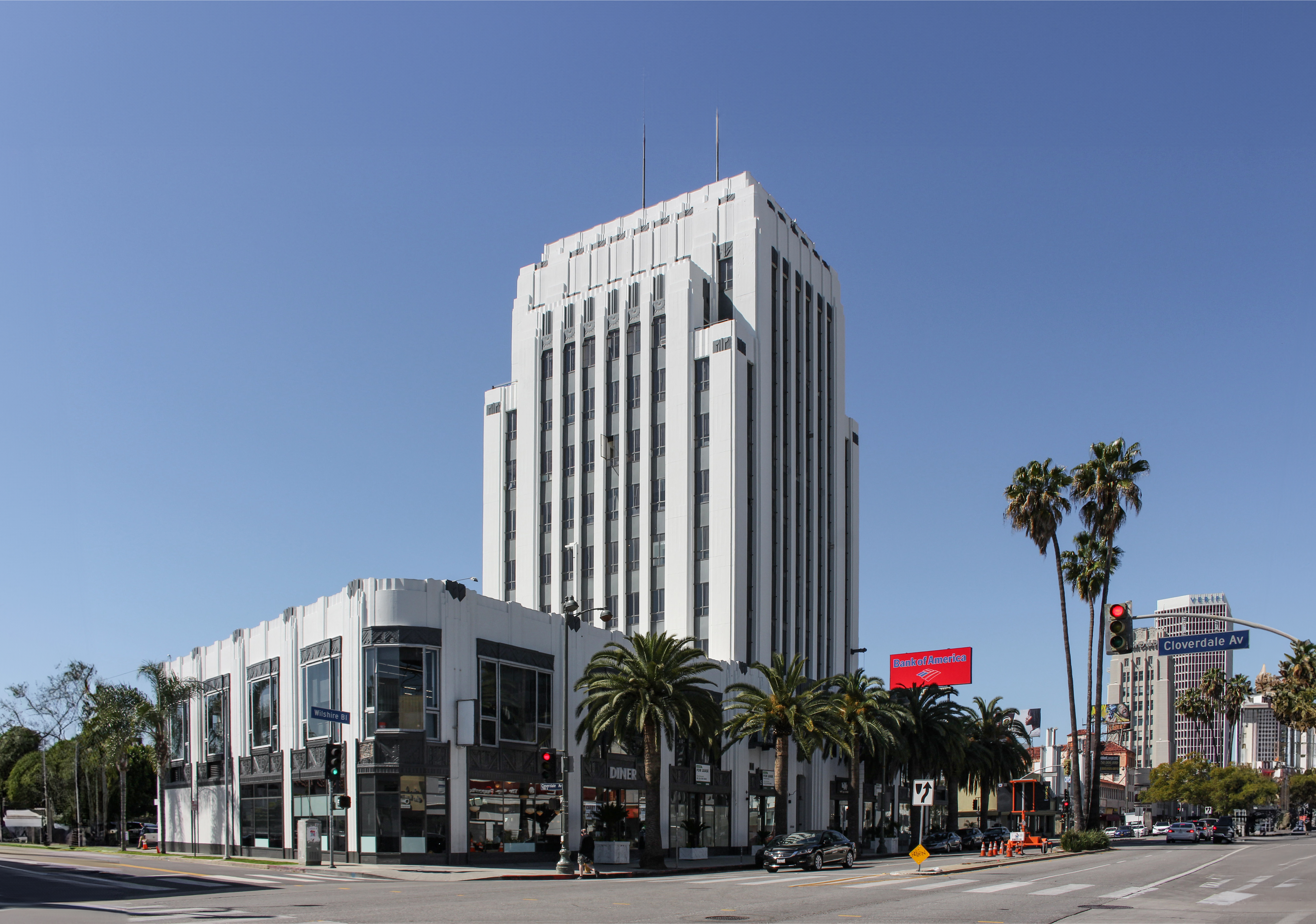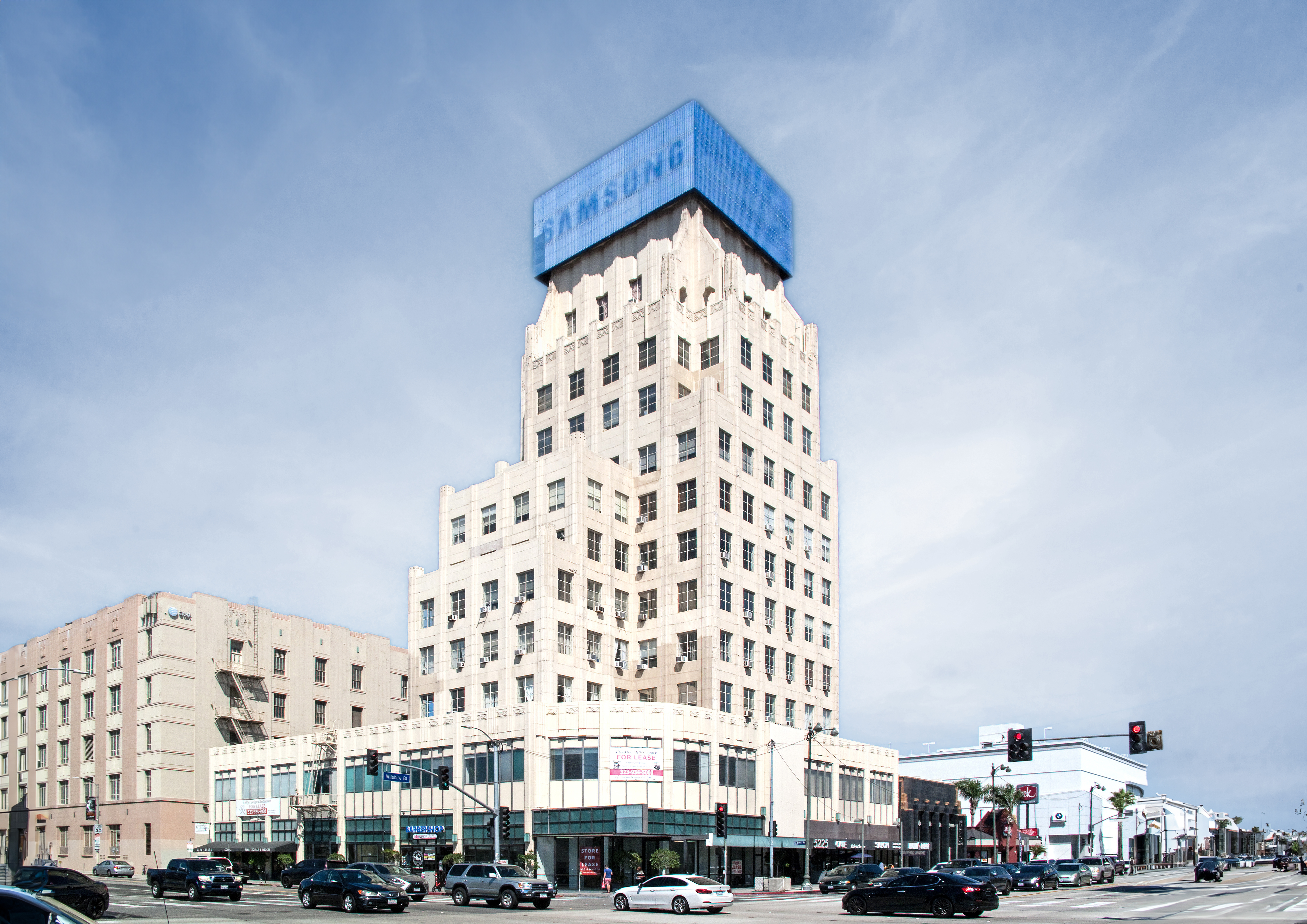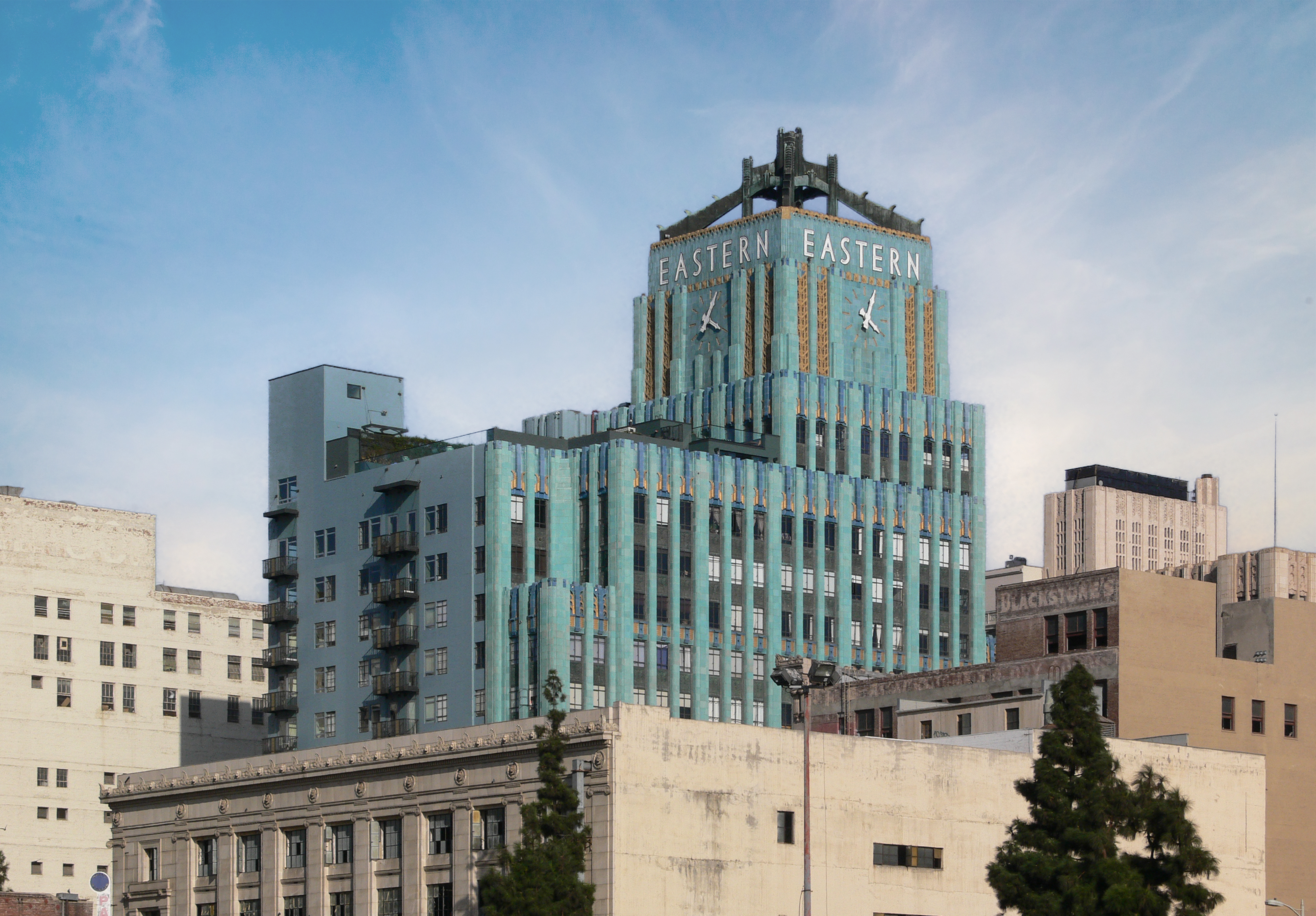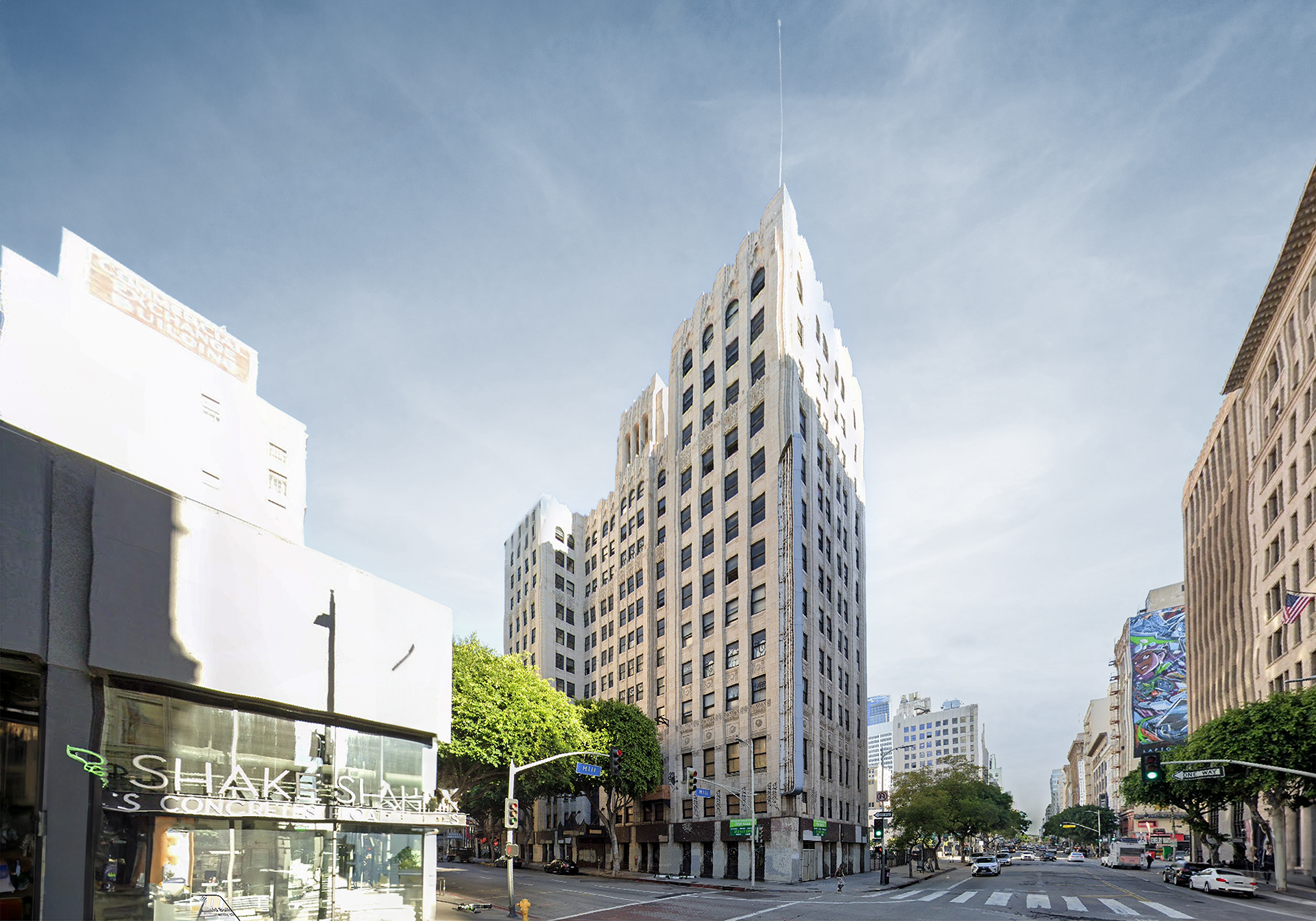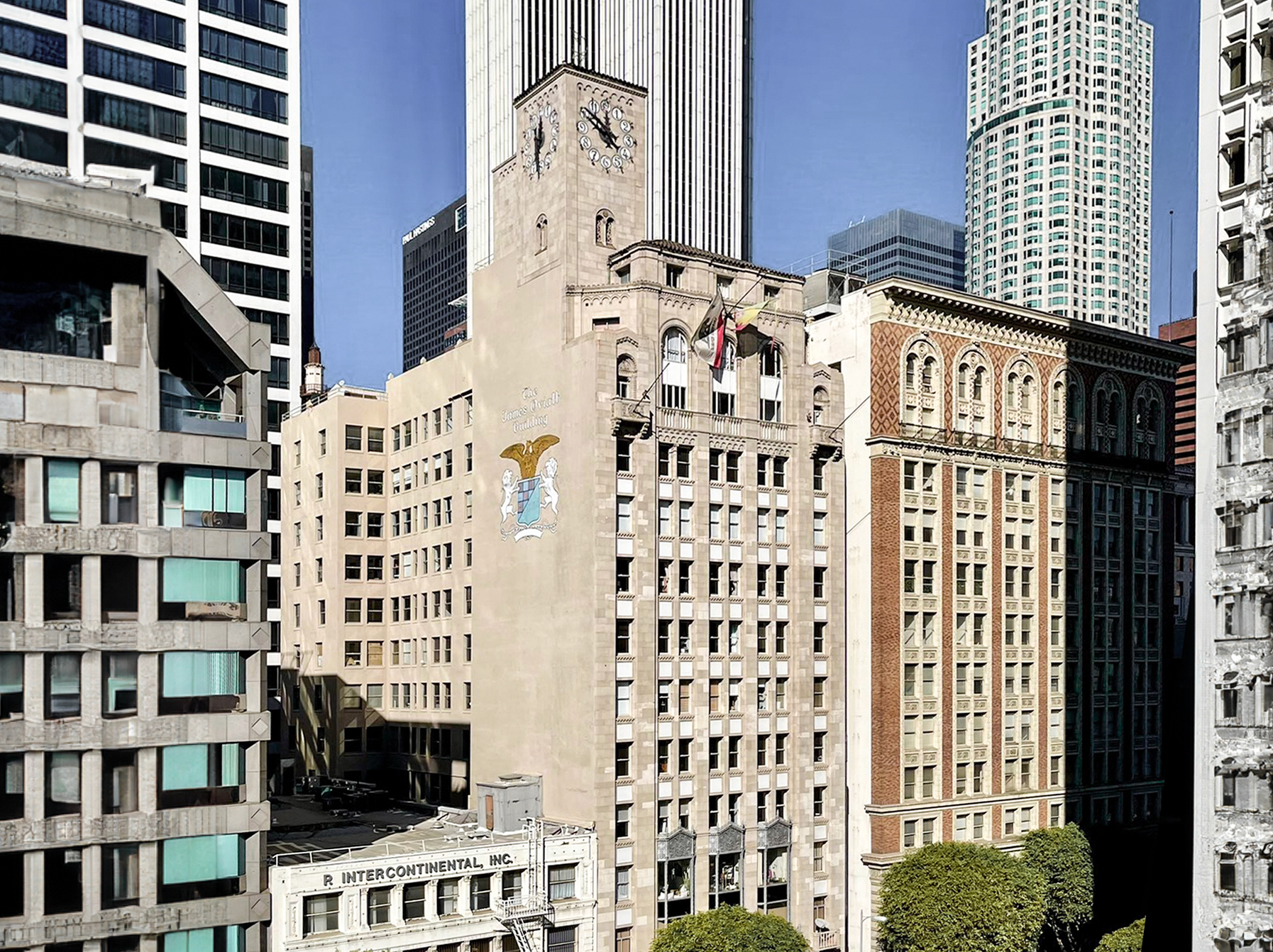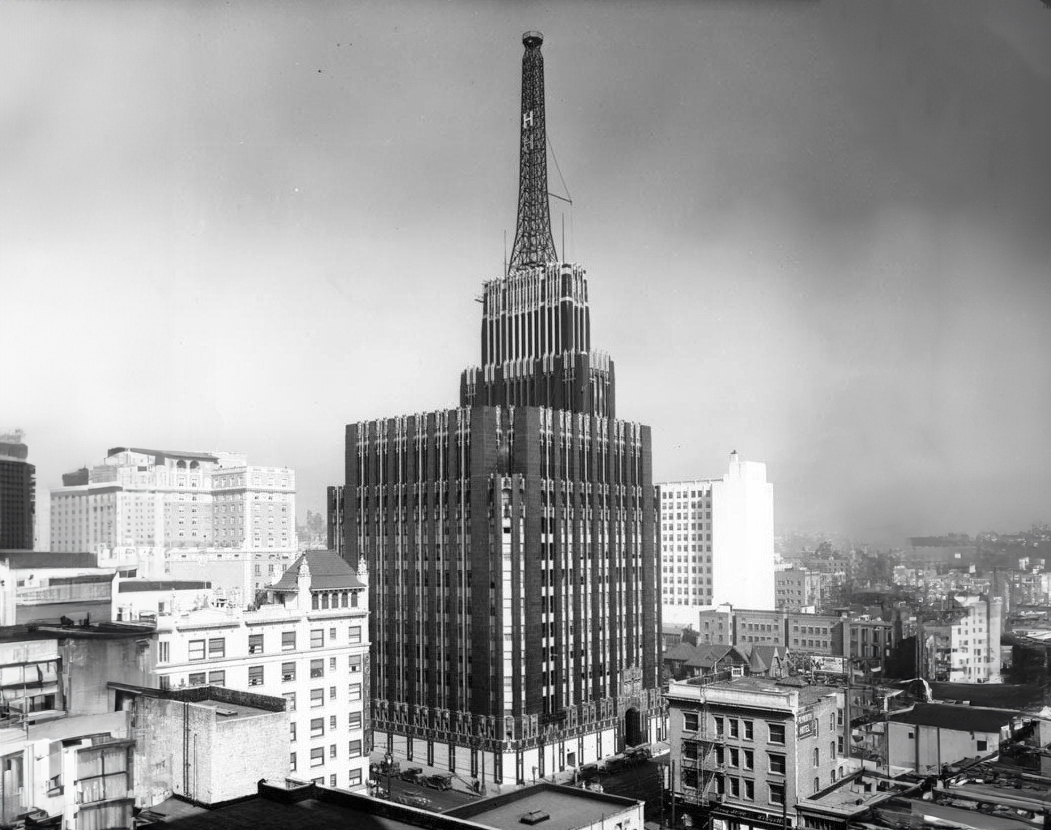The Pellissier Building is an Art-deco skyscraper designed by Morgan, Walls & Clements, and built in 1931 in Los Angeles, CA.
Pellissier Building is not the only name you might know this building by though. The building is, or has also been known as Wiltern Center.
Its precise street address is 3780 Wilshire Boulevard, Los Angeles, CA. You can also find it on the map here.
The Pellissier Building is a structure of significant importance both for the city of Los Angeles and the United States as a nation. The building embodies the distinctive characteristic features of the time in which it was built and the Art Deco style. Because of that, the Pellissier Building was officially included in the National Register of Historic Places on February 23rd 1979, and was also included in the Los Angeles Register of Historic Places on May 16th 1973.
The building underwent a major restoration between 1983 and 1985. The architect commissioned to undertake this restoration was Brenda Levin.
